Reward Schedules

Since we’ve now established the best way to influence player behavior is via rewards, I want to talk about the ways in which I like to introduce rewards into my games.
A lot of this is based on behavioral psychology principles surrounding rewards delivered based on contingencies, which John Hopson describes well in this 2001 Gamasutra article. If you’re interested in the psychology behind this, that’ll be a great read.
I’m going to focus on the practical applications of this kind of thing, and I’m not going to be using all of the behavioral psychology terms because I have a hard time remembering some of them. For my sanity, then, I’ll be introducing a few terms in this article for me to use instead. Hopefully it won’t confuse anyone.
I’m going to start the article by summarizing the basics, and then go into my techniques for executing it.
Previous Article | Next Article
Rewards
I tend to use the term “reward” very broadly. It’s not that I think that’s better or anything, that’s just how I use it.
Reward: Anything in a game the player may find satisfying or rewarding.
All Theatrics count in this definition, for example, but so do secrets, collectibles, and many other things.
Rewards tend to fall into four categories, depending on the meta-game purpose they’re trying to serve:
- Progress
- The player is rewarded for playing the game by being given access to new parts of the game.
- Examples: Finishing a segment in Ratchet and Clank gets you coordinates to a new planet, collecting all the dots in Pac Man moves you to the next level, getting points in Tetris speeds up the falling blocks, etc….
- Prestige
- The player is rewarded for playing the game by being given status.
- Examples: Achievements, High scores, Badges, etc…
- Collection
- The player is rewarded for playing the game by being given stuff.
- Examples: Armor sets in Skyrim, Gold Bolts in Ratchet and Clank, Guns in Team Fortress, etc...
- Improvement
- The player is rewarded for playing the game by being given upgrades.
- Examples: XP/Level systems in RPGs; Win/Lose Streaks in multiplayer FPS games; Weapon, health, and armor upgrades in Ratchet and Clank, etc…

Schedules
Schedule: A set of rules governing how often rewards are given out.
Generally these rule sets fall into two categories:
- “Variable,” meaning the rules can change over the course of the game.
- “Static” meaning that they can’t change.
I’ll talk more about these in a bit.
Contingencies
Contingency: A set of rules governing under what circumstances rewards are given out.
As with schedules, these rule sets generally fall into two categories:
- “Per-Interval,” meaning that an amount of time must pass before the reward is given.
- “Per-Action,” meaning that an action or set of actions must be repeated a number of times before the reward is given.
Combining these rule-sets
As you can see in the diagram below, these rule sets combine in four ways:
“The most popular of these is usually Variable Per-Action.”
Static Per-Action
Every time the player performs the required action or task, they are given the same reward. A good example of this is from Super Mario Bros: Every 100 coins the player collects gives Mario one extra life.
Static Per-Interval
After the same amount of time elapses, the player is given the same reward. One example of this could be how enemies re-spawn in World of Warcraft. If someone else kills a powerful enemy, you must wait a certain number of seconds before the enemy re-spawns so you can kill it again.
Another example could be getting rewarded in currency for surviving a certain number of minutes in an endurance challenge (say, fighting off waves of enemies).
Variable Per-Interval
This is just like Static Per-Interval, except that either the amount of time or the reward is not the same every time. It could be chosen randomly, or it could escalate predictably — but it changes over the course of the game.
A good example of this comes from the free browser game, Candy Box. One of the currencies in the game is “lollipops,” which you can grow on a farm. The farm produces X lollipops for every second of real-time that passes. Over the course of the game, you can upgrade your farm to produce more lollipops per-second.
Variable Per-Action
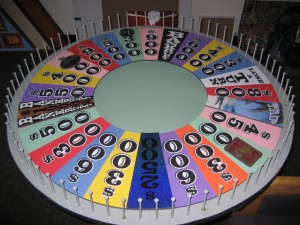
As with Static Per-Action, players are given a reward every time they perform an action or set of actions. With this, however, the actions required or the reward given can change over time.
The easiest example of this is the popular Game Show, Wheel of Fortune. Every time someone spins the wheel (per-action) they get a random reward (variable).
For reasons established in Hopson’s article players respond to Variable Per-Action with the highest and most sustained level of intensity. The other three are good, and work — but Variable Per-Action seems to work best most of the time.
Creating Reward Schedules for a Game
Generally in a video game, you won’t have just one reward schedule. Hopefully, if you’re designing your meta-game well, you will have a series of overlapping reward schedules that regularly reward the player with various “tiers” of rewards for each of the meta-game purposes we discussed earlier in the article.
This is very hard to describe, so I’m going to give you an example of how this was done in Ratchet and Clank, and hope it gets the point across.
In the Ratchet and Clank games, we wanted players to be feeling rewarded constantly. However, as we know from Principle #5, “when everything is turned up to 11 all the time, 11 becomes the new 5.” To do this, we use a combination of overlapping reward schedules in all combinations of Static, Variable, Per-Interval, and Per-Action.
The longer between rewards, the larger the reward would be.
For example:
- Every action
- The player is firing weapons, which have cool and satisfying Theatrics.
- Every second
- Every time a weapon hits an enemy, the player gets XP and the weapon the player is using gets XP.
- Every 5 seconds
- If the player is moving forward, killing enemies, and breaking crates — they should be getting bursts of bolts about every 5 seconds.
- Every 30 seconds
- It usually takes less than 30 seconds to finish an enemy setup. Then, ideally, the player runs around and “tidies up” — breaking crates and collecting any loot or powerups that fell on the ground during the fight.
- Every minute
- After about two battles, we usually design the levels so that the player gets access to some kind of rest — an area with lots of crates, a large empty space, or a cool view of the level.
- Every 5-10 minutes
- This happens faster in the early game, and slower later in the game — but players are hopefully getting an upgrade, either to their weapons or their health, about every 5-10 minutes.
- Every 20-30 minutes
- Unless they failed a lot, first-time players can usually finish one part of a level (we called them segments) within 20 or 30 minutes. (Seasoned players can obviously do it faster).
- At the end of a segment we either give you a weapon, a gadget which opens a path you couldn’t go down before, a powerup (like more health or increased bolt collection radius), or a secret (like a skill point or gold bolt).
- Every hour
- Again, this happens more often earlier in the game, but at least once per hour players should have enough bolts to buy a new weapon that they haven’t had before.
- Every level
- Every level had 2-4 segments in it. By the time the player has beaten all of these, the player usually gets access to more of the game’s story, usually told through a non-interactive cutscene.
- Every chapter
- Once per chapter, or act, of the game — we want to surprise the player somehow, either by a twist in the plot or by introducing some new gameplay they haven’t seen before (like racing segments or space battles).
- Every playthrough
- After the player has beaten the game, we make sure to add some reason to re-play. Usually in Ratchet and Clank, this takes the form of a new, more powerful set of weapons, a multiplier that increases how many bolts you get, a new set of upgrades, more difficult enemies, and so forth.
For most of these, we don’t set a timer or anything — it’s not usually done as Fixed Per-Interval, in other words. We just try to make sure, by tweaking and balancing these systems, that we deliver rewards at significant time milestones. This helps keep players interested and engaged, and feels very satisfying.
Patreon Credits
As always, these articles wouldn’t be possible without my supporters on Patreon: (http://www.patreon.com/mikedodgerstout):
Champions
Petrov Neutrino
Guardians
Evine
Aidan Price
Martin Ka’ai Cluney
Patrons
François Rizzo
Scruff
Genevieve Pratt
Jesse Pattinson
Nikhil Suresh
Teal Bald
Vincent Baker
Benefactors
John McCulloch
Nils Ole Timm
Justin Keverne
Ben Strickland
Mad Jack McMad
Oliver Linton
Katie Streifel
Annie Mitsoda
Supporters
Margaret Spiller
Jason VandenBerghe
The Yuanxian
Backers
Kim Acuff Pittman
Karl K.
Andy Kim
Joel S.
Neal Laurenza
Christopher Parsons
David Weis
Matt Juskelis
Mary Stout
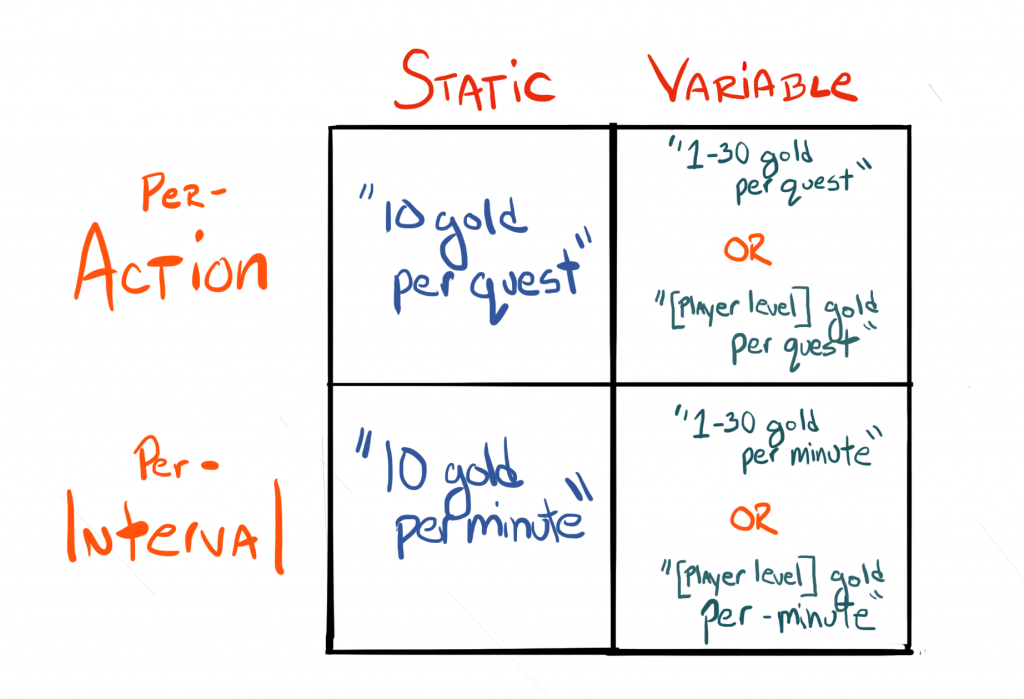
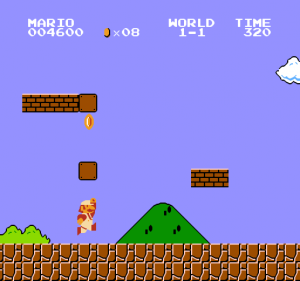
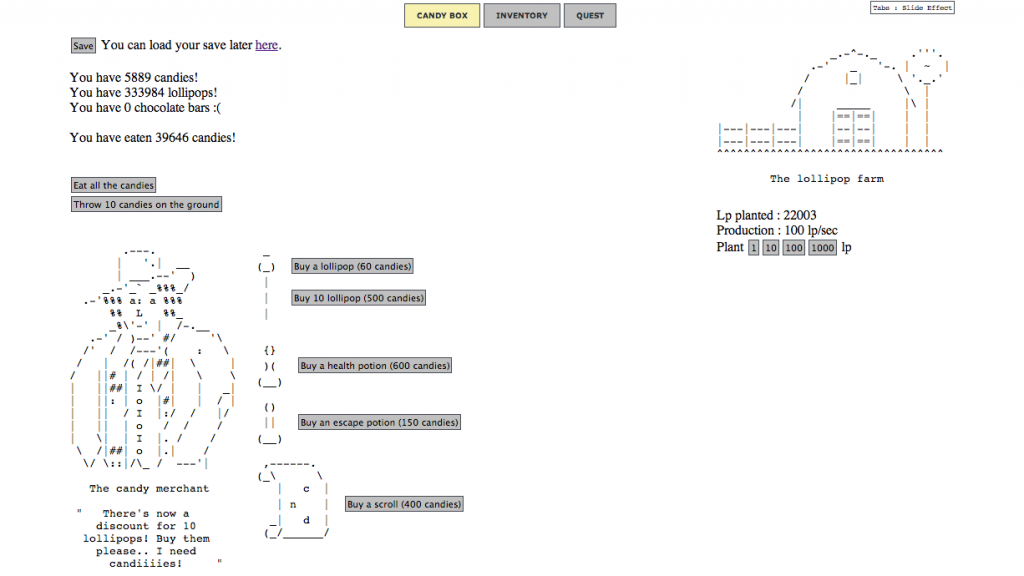

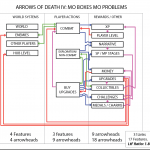
Leave a Reply
You must be logged in to post a comment.